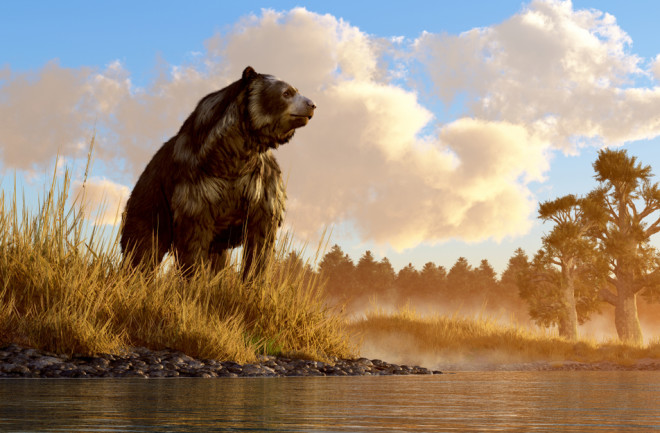Today's biggest predators are a fearsome force. While sperm whales dive deep into the oceans to make meals out of giant squid, orcas occasionally punch above their weight, taking on blue whales (the largest animals to ever exist). Meanwhile, polar bears and brown bears dominate the land — taking down seals and walruses on the one hand and moose and deer on the other — topping the list of large land predators alive on our planet.
But the size of ancient predators puts current carnivores to shame, with true giants swimming the oceans, flying the skies, and walking the plains and forests of the prehistoric world. Some of these behemoths are well-known from movies and books, while others are more obscure, known mostly by scientists.
Here we’ve taken a look at some of the largest mega-predators of the ancient world.
Read More: How Do Scientists Reconstruct What Dinosaurs Looked Like?

